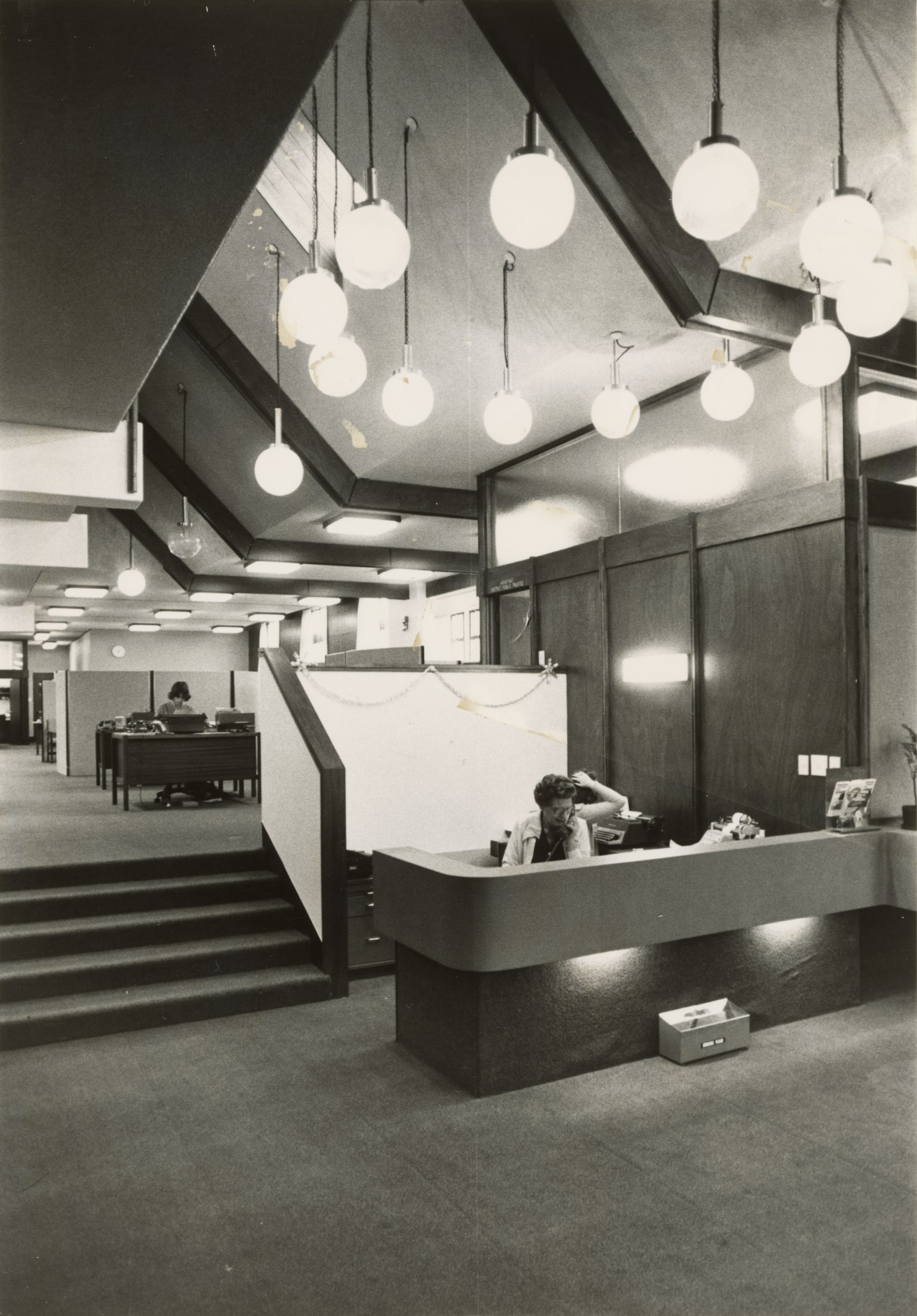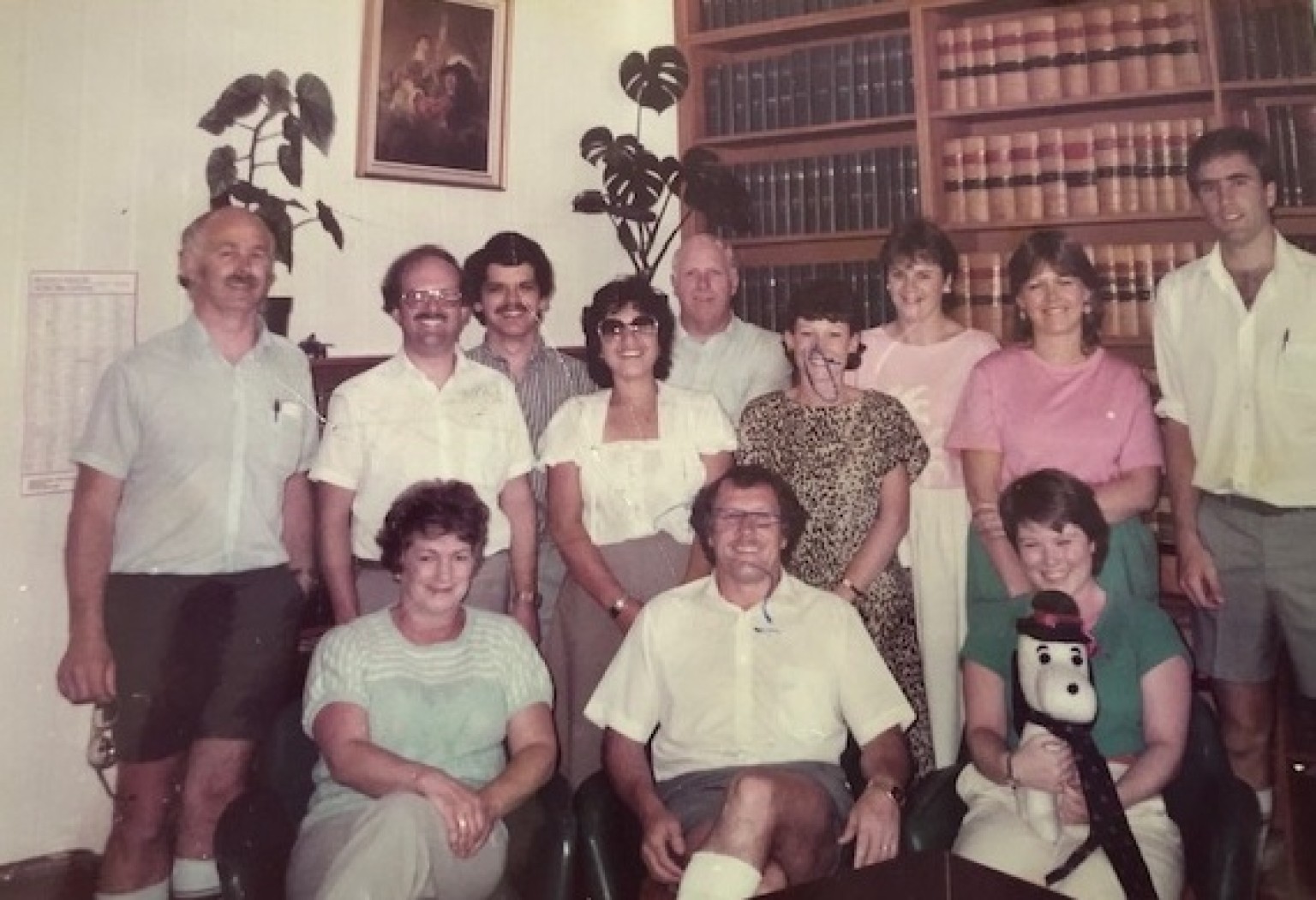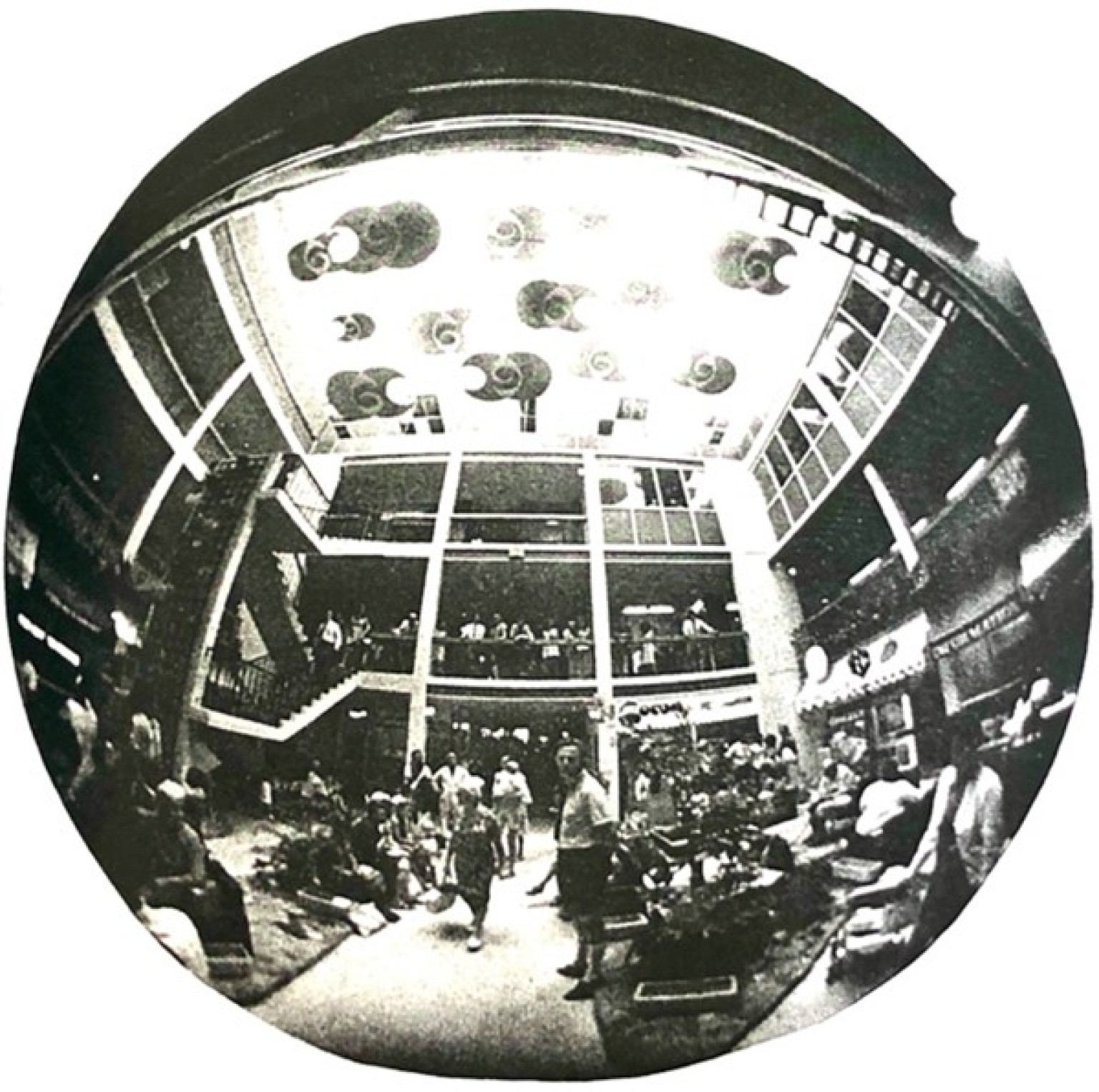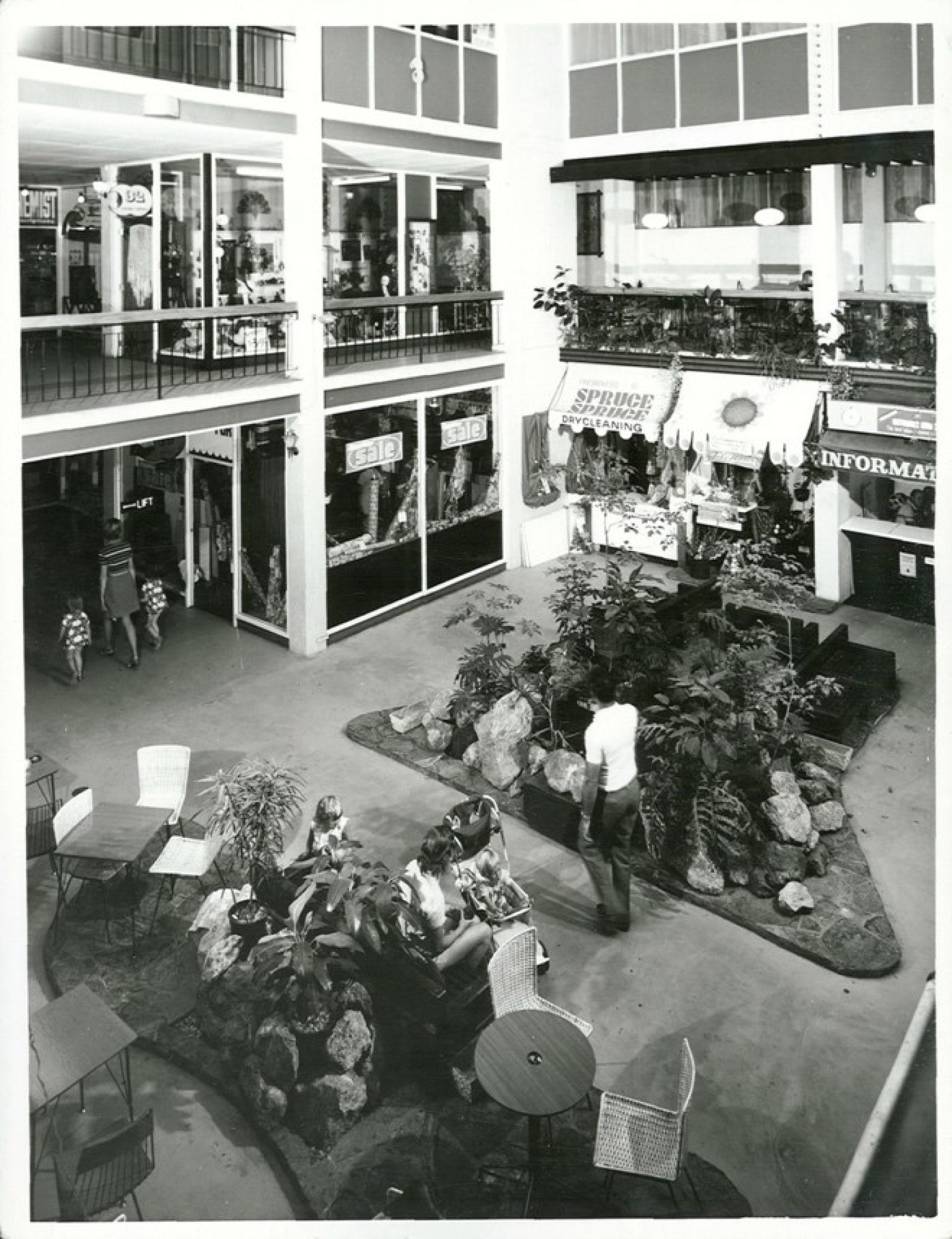

The cultural shift from a male-dominated, highly hierarchical government department in the 1970s through to the implementation of Equal Employment Opportunities and overall culture change at Public Trust during the ‘80s and ‘90s was referred to as ‘a quiet revolution’.
Public Trust’s own Shona Devoy has seen it all.
From starting at Public Trust as a typist in 1978, having worked on the frontline as an estates officer, in management roles as Customer Centre Manager (Hamilton/Thames) and as Area Manager for the Central Region, to today where she holds a senior role as Service Quality Manager, for Shona Devoy. "… the biggest change that I've seen is the change of the role for woman in the organisation." - Shona Devoy
In the 1970s, it almost felt like everyone was a public servant – teachers, health professionals, postal, telephone and transport workers (the national airline, buses and railways) and those working in the numerous government departments, including Public Trust. The workplace in the late 1970s was hierarchical, sexist and smoky (smoking was still allowed in the office). But the older ways were increasingly coming up against a new generation who championed new fashions and ‘isms’ – feminism and campaigns against racism and sexism. This context provided the subject matter and secured the audiences for playwright Roger Hall’s hit play Glide Time, first performed at the Circa Theatre in Wellington in 1976, that satirised a paper-pushing working life familiar to many Kiwis, and the play took off around the country. The television spin-off Gliding On that aired during the early 1980s, similarly received popular acclaim two decades before The Office swept the world.
This was the world that Shona Devoy entered when she started at Public Trust in 1978.
On Monday, 4 December 1978, ‘Dreadlock Holiday’ by the rock band 10cc was top of the New Zealand singles charts as Kiwis looked forward to their own summer holidays. The same day Shona Devoy, straight from a secretarial course at Waiariki Community College, started as a typist at the Public Trust Office in Rotorua. The office was situated on the second floor of Geyser Court, built by Public Trust in 1971, and famous in Rotorua as being the city’s first shopping mall. Shona recalls that it was a time at Public Trust when women were not seen as anything other than typists and accounts clerks.
"We got to serve tea to the bosses in their rooms. Very menial stuff. We weren't allowed to wear trousers in the office. We weren't allowed to drive the office car, or anything like that."

The District Public Trustee had real status, Shona recalls, and, in the office’s highly sociable atmosphere, would be the one to determine the social calendar.
"My first District Public Trustee’s idea of socialising was that he and the boys would have a whiskey on Friday night in his room, and everybody else just went home or would end up going to the pub."
Looking back on those early days, Shona says, "I think Public Trust could have been your typical ‘Gliding On’ type culture because not a heck of a lot changed. And, it was definitely a job for life."
The 1980s was the decade of generational and cultural change and it was no different for Public Trust. It was a decade when the war generation retired, including Public Trustee Noel Kelly in 1981, who had served as a Flying Officer in the RNZAF during the Second World War. It was also a decade in which ‘a quiet revolution’ took place at Public Trust.
People and places were changing.
The extensive branch network grew to a peak of 55 branches, managed through a regional structure, with four regional offices, which controlled more and more back-office specialist and professional services. The renovation or sell-off of the iconic Public Trust buildings, so long a part of the New Zealand architectural landscape, started with the head office in Wellington when it vacated its historic Lambton Quay building in 1982, and moved next door to a new steel and glass tower at 129 Lambton Quay.
The trend in staffing shifted downwards from 653 staff members in 1980 to 570 in 1989; supported by the increased uptake of technology and computerisation, with computers and word-processing tolling the end of the female typing pool.
On the other hand, women were starting to break the ‘glass ceiling’ with the appointment of the first woman as a District Public Trustee in the early 1990s. Shona Devoy recalls it was ‘monumental’ when Elvie Mooney became the first woman to be appointed a District Public Trustee at Thames – “it was a landmark”.

"I suppose the biggest change that I've seen is the change of the role for women in the organisation. There were a few women and then a heap of men, whereas now women actually outnumber men, which is cool. And to have a woman CEO now, that's very cool!"
In 1990, Public Trust’s adoption of an Equal Employment Opportunity (EEO) policy recognised the need to increase the gender balance and ethnic diversity of staff to better serve New Zealand’s bi-cultural foundations and increasingly diverse society.
In 1990 targets were set to increase women and Māori in the organisation’s leadership and to increase the number of Pacific Island employees at all levels. EEO Coordinator Deborah Mullis became the first woman on the senior executive team in 1995 and the following year Rhondda Murphy joined the executive team as Communications Manager, and later General Manager Communications and Marketing. To progress the objective of workforce diversity, Public Trust awarded its first Māori and Pacific Education Scholarships in 1995. Today, Public Trust has a 50/50 gender split in its leaders and is led by Chief Executive Glenys Talivai.
The pace of change increased during the 1990s as Public Trust came to position itself as part of the financial services industry rather than just the trustee services industry, and looked to reduce the dominance of its deceased estate administration. This approach resulted in a broader base of products and range of services as the business focused on providing services to 'living' customers, and specifically 'middle New Zealanders', rather than solely on estates, to expand its revenue base and secure a higher level of sustainable profits and greater financial stability. The continued professional and strategic approach to investments led to the introduction of Group Investment Funds in 1993. Technology was viewed as key and a new computer network supporting desktop computers resulted in increased productivity. The 1990s was all about the market, customers and brand identity, and Public Trust’s comprehensive market research informed its first brand strategy Now and for the future in 1995 and, at the end of decade, in conjunction with its modernisation programme, the major award-winning brand Your Word is Law.

Shona recalls that it was from the 1990s that change became constant.
"I suppose one of the biggest changes was bringing in an external Chief Executive – this was when we really started to get change after change. Previously, you came up through the ranks, and the PT*, the top guy in Wellington, had worked his way up through the ranks. David Hutton [Chief Executive and the Public Trustee 1993–2001] was our first external CE who hadn't come through the ranks, and he was brought in to do a bit of a shake-up. But then the next CE arrived and he also did the same thing. So change has been really constant since then."
Life is changing. Fast. And so are we. We embrace change as part of our constant evolution to stay compelling, relevant and accessible. We constantly adapt what we do, so we can continue to empower all New Zealanders to build and protect their legacies.
*At this time in our history, PT still stood for ‘Public Trustee’, who was the most senior trustee in the business. These days, we use PT to refer to the ‘Principal Trustee’, who is the leader of each of our customer centre teams.